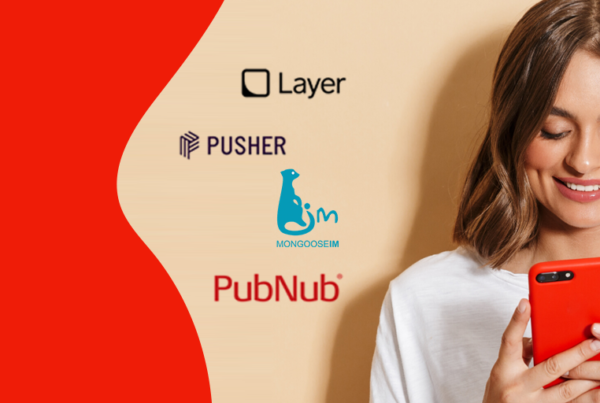September 22nd, 2014
An average user will probably visit half a dozen or maybe tens of sites a day (or a few dozen, if you’re in the web business), but only a few sites are not immediately forgotten. Which ones stick in a user’s mind is something that will usually be decided by him or her within the first few seconds spent on the site.
We have worked in the web design industry for decades and have seen designs evolve. So, based on our years of experience, our consistent research and our interaction with client segments across a wide range of industries, we share our thoughts on what we see as today’s most widely accepted industry trends and what works best in design.
Flat UI: Flat design aesthetic, largely influenced by the latest Windows, Android and iOS interfaces, relies on a minimalist approach to fonts, icons and other graphical elements, eliminating use of traditional effects such as drop shadows and gradients.
Responsive Design: Optimized for diverse devices with varying screen sizes, responsive design layouts are now nearly ubiquitous, especially with users going increasingly mobile.
Intuitive Imagery and Storytelling: Compelling, engaging and creative content combining copy with strong imagery goes a long way in leaving a clear impression of the site’s intended message in the mind of the visitor. Effectively executed, it can seamlessly blend simplicity with powerful messaging.
Deep Scroll: Deep scroll design does away with the archaic fit-to-one-screen rule where users do not need to scroll. Deep scroll allows content to be presented via a vertically scrolling interface.
Parallax: Parallax uses overlapping images and text that move over the top of one another upon scrolls to create an illusion of motion. The parallax effect has become one of the most widely used web trends.
Ultimately, what works best for your site depends on your site’s objective and target audience, but understanding current trends in web design and how best to implement them can help your site stand out from the crowd.
































